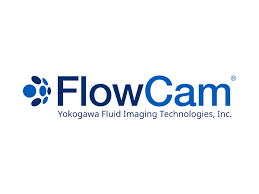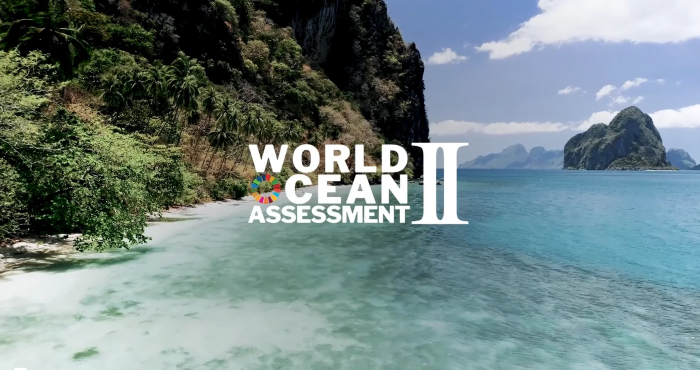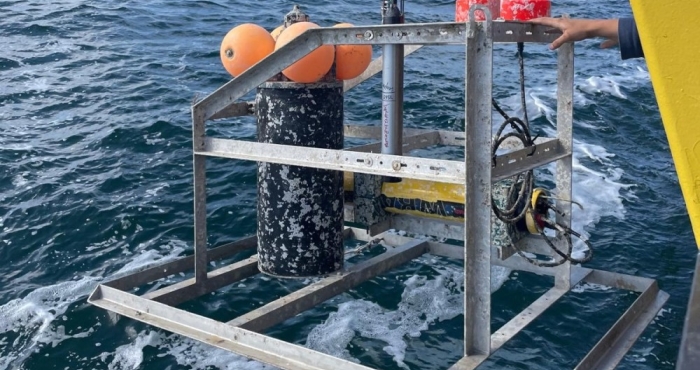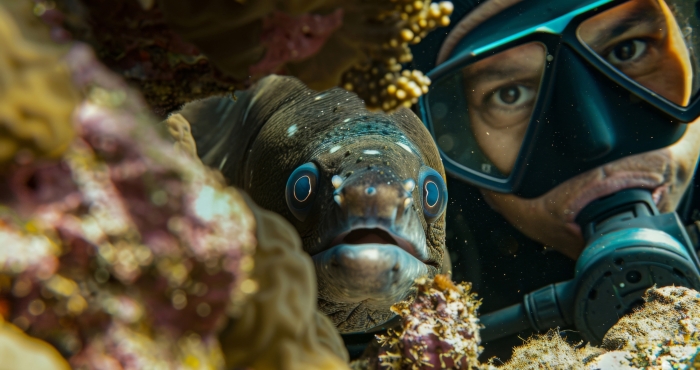
Plankton
Plankton are a group of organisms that passively float in the water column. They are crucial for ecosystem functioning; they play important roles in biogeochemical cycles, are an imporant source of food for higher organisms and rapidly respond to environmental changes. Because of this they are used as indicators of ecosystem health. LifeWatch monitors plankton in the BPNS monthly, by sampling different plankton groups and using high-throughput imaging techniques and machine learning for fast analysis.
Why do we study plankton
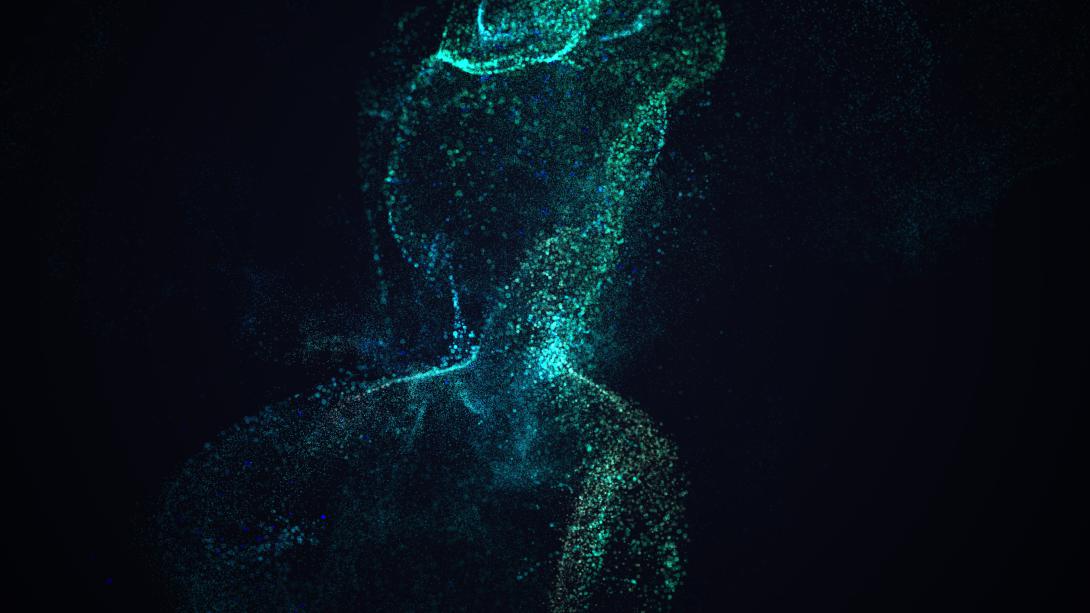
Plankton are crucial to ecosystem functioning; they are at the basis of the marine food web and play an important role in biogeochemical cycles. Phytoplankton, or microscopic algae, are much like land plants as they produce oxygen while fixing carbon and play a role in the nitrogen, phosphorus and silica cycles. They are in turn an important source of food for zooplankton, small animals, which are eaten by higher organisms like fish. Because of their fast generation times and short lifespans, plankton can respond quickly to environmental changes, and this influence is translated throughout the foodweb. Some plankton taxa are also known to cause blooms and these temporary high abundances of certain species can be a nuisance to other organisms and the environment. Harmful taxa can also cause mass mortality events through the production of toxins or by causing hypoxic and anoxic conditions in the water column when blooms are broken down by bacteria at the end of their lifetimes.
Plankton are often used as indicators of ecosystem health and as early warning systems of change and are consequently required to be monitored by legislative directives, like the Marine Strategy Framework Directive (MSFD).

What we do in LifeWatch
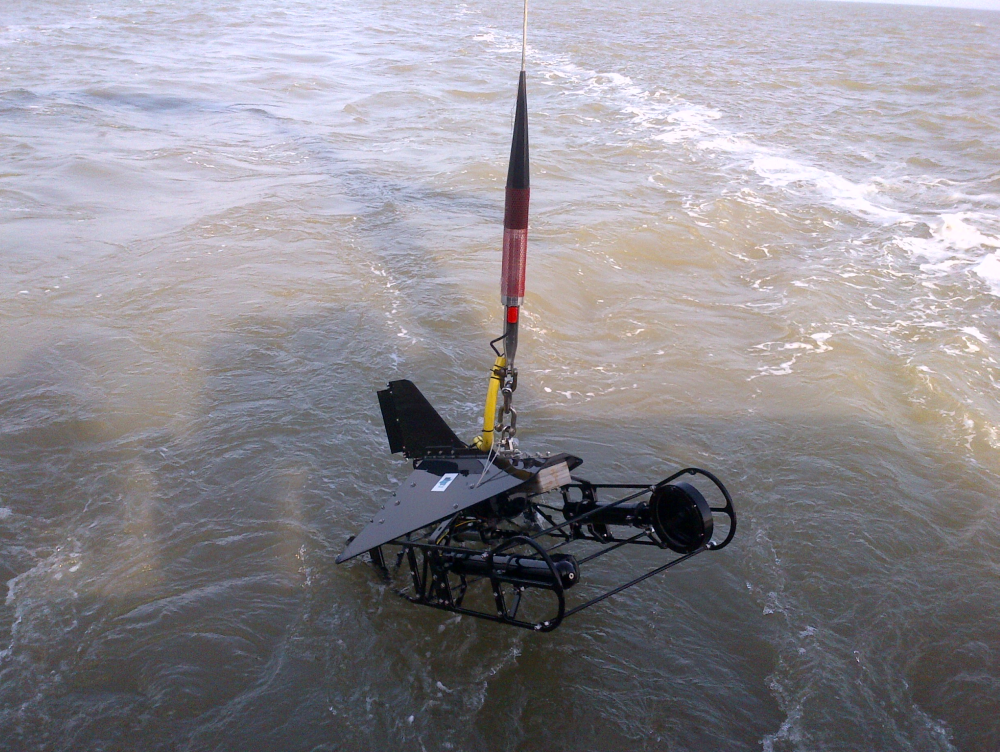
During the monthly LifeWatch campaigns, plankton is collected at a number of locations in the Belgian Part of the North Sea (BPNS) by net sampling. To analyse the samples, high-throughput imaging devices are used in the lab like ZooScan and FlowCAM. These devices allow us to significantly speed up the imaging of plankton particles in the sample, and have automated data pipelines where images are identifed through machine learning techniques . Other sensors allow us to immediately capture images of sensitive plankton species in the water column by being towed behind a ship or deployed at fixed moorings at sea. Here images are acquired in-situ and are also analysed with semi-automated classification techniques.
The combination of fast and automated plankton imaging devices and machine learning techniques to analyse the data allows for fast data releases. All data collected is open access and available via RShiny for scientists, policy makers, industry and citizens.
